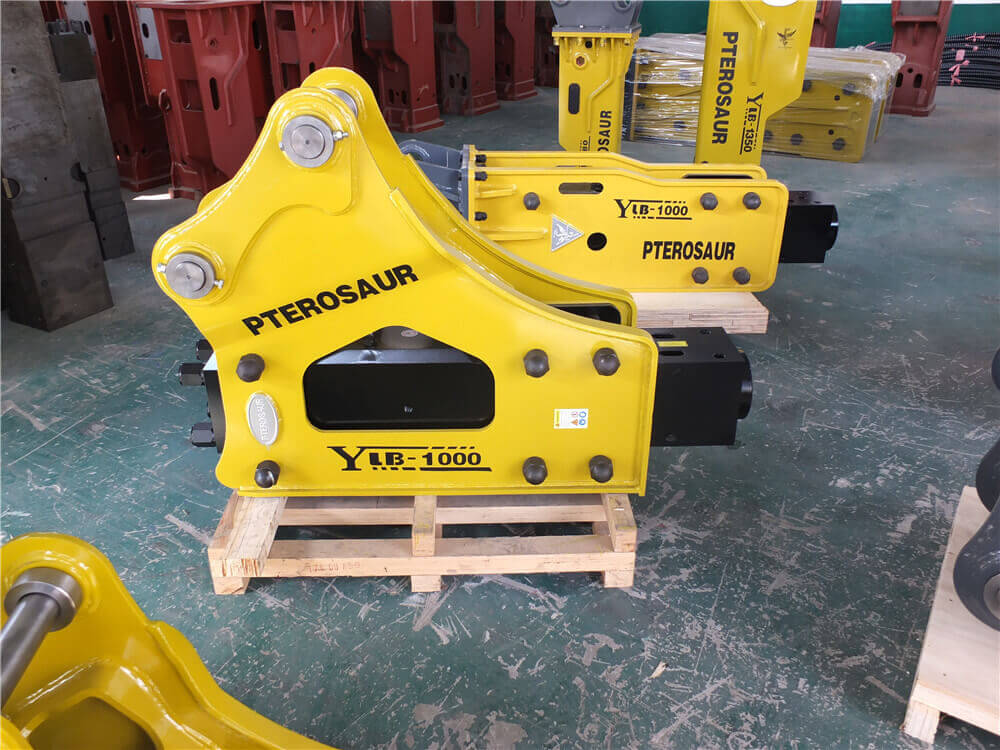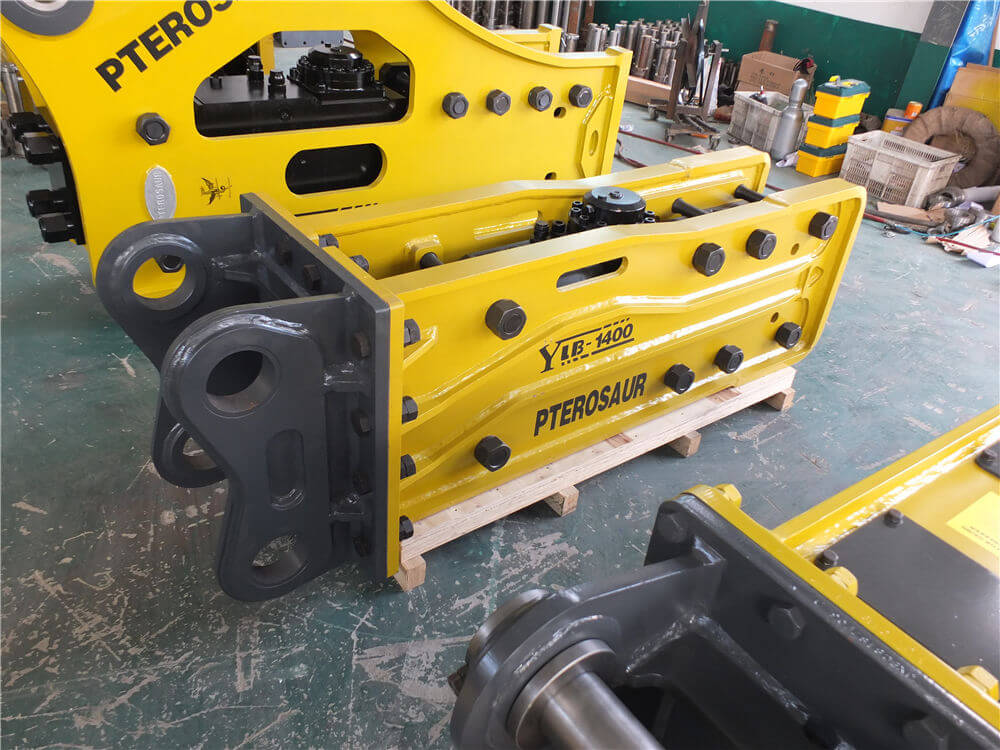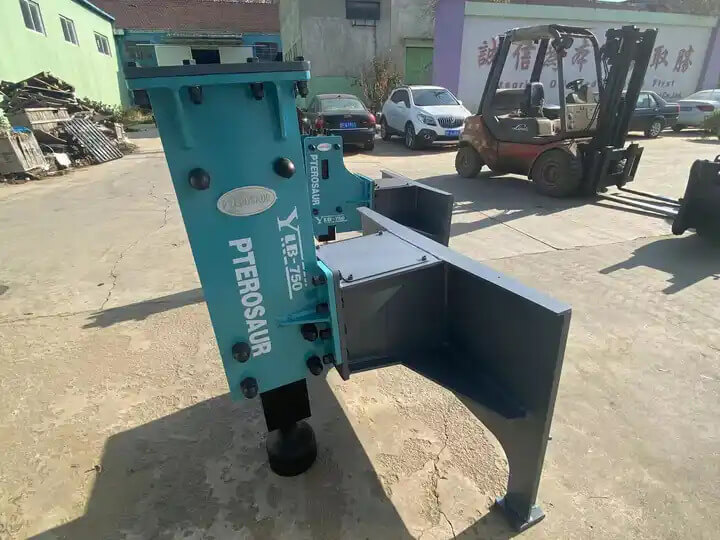Understanding Circuit Breaker Standards: IEC 60898 vs. IEC 609-2
In the realm of electrical engineering, circuit breakers play a crucial role in ensuring the safety and reliability of electrical installations. Two prominent standards governing circuit breakers are IEC 60898 and IEC 609-2. This article elucidates the key differences between these standards and their applications in various environments.
What is IEC 60898?
IEC 60898 is the standard that pertains to miniature circuit breakers (MCBs) primarily used in residential and commercial installations. These devices are designed to protect electrical circuits from overloads and short circuits, typically in low-voltage applications up to 1,000 volts AC. The standard outlines the performance and testing requirements for MCBs, ensuring that they operate effectively under specified conditions.
Key Features of IEC 60898:
- Application: Residential and similar installations.
- Voltage Rating: Up to 1,000 V AC.
- Protection: Primarily against overload and short-circuit conditions.
- User Base: Intended for use by uninstructed persons, typically in environments free from humidity and pollution.
What is IEC 609-2?
On the other hand, IEC 609-2 is a more comprehensive standard that applies to circuit breakers intended for more complex industrial applications. This standard caters to installations that demand higher reliability and performance, such as utilities and manufacturing industries. Circuit breakers under this standard are designed to protect power distribution circuits operating up to 1,000 V AC and 1,500 V DC.
Key Features of IEC 609-2:
- Application: Industrial and similar installations.
- Voltage Rating: Up to 1,000 V AC and 1,500 V DC.
- Protection: Includes additional requirements for integrally fused circuit breakers and focuses on selectivity in short-circuit situations.
- User Base: Designed for installation and operation by skilled or instructed persons.
Differences Between IEC 60898 and IEC 609-2
The primary differences between the two standards lie in their intended applications, the complexity of installations they address, and the user qualifications necessary for operation.
- Scope of Application:
- IEC 60898 is suited for domestic and light commercial usage where users are often not technically skilled.
-
IEC 609-2 is targeted towards industrial environments where the complexity and risk level are significantly higher.
-
User Competence:
- IEC 60898 devices can be operated by untrained individuals.
-
IEC 609-2 requires the operators to be skilled or instructed, reflecting the advanced nature of the applications.
-
Technical Specifications:
- IEC 60898 offers basic protection features, suitable for typical household applications.
- IEC 609-2 provides enhanced functionalities, including selectivity requirements, which are essential for fault current management in industrial settings.
Conclusion
In summary, while both IEC 60898 and IEC 609-2 serve the critical function of circuit protection, they cater to different sectors of electrical installations. Understanding these differences is vital for professionals in the electrical industry to select the appropriate circuit breaker for their specific applications. Whether for residential use or high-stakes industrial environments, adhering to the relevant standards ensures safety and efficiency in electrical systems.
For further insights into these standards and their applications, resources such as Schneider Electric’s webstore offer extensive documentation and product details.




































